The Captain dives below in a quest to discover all there is to know about the sneaky world of submarines.
A submarine, aka “sub”, is any naval vessel that can propel itself above and below the water. They had their first serious outing in naval warfare during WWI, when the Germans used them to attack merchant ships with their main weapon, the torpedo. The same happened again in WWII. The 1919 Treaty of Versailles had limited the number of surface craft the Germans could build. So the sneaky Nazi navy poured big bucks into developing a fleet of Unterseeboots — U-boats. More than 1000 U-boats were built until 1945. Hunting singly and in “wolf packs” they monstered Allied merchant shipping convoys. One of the most successful, U-48, sank or crippled 54 ships.
The Yanks also become pretty good at this underwater game, wreaking havoc on the Japanese navy in the Pacific. Despite comprising less than two per cent of the US fleet, subs sank more than 30 per cent of the Japanese navy, including eight aircraft carriers — for the loss of 52 subs. The 1960s saw the arrival of the nuclear-powered submarine, a game changer for naval warfare, as these monsters could stay underwater for months at a time and launch long-range nuclear missiles without surfacing. All they really had to worry about were nuclear attack submarines.
Of course, only major powers can afford nuke subs, so most navies have continued to buy/build diesel-electric submarines that can trace their daddy DNA back to German U-boats. Subs still have snorkels, but much-improved radar. The big changes are in weapons and sensors. Deck guns are history, modern subs firing torpedoes capable of speeds in excess of 50 knots, either sonar- or wire-guided. Many subs also carry cruise or anti-ship missiles for spanking surface targets on land or sea. Submarine sonars have been improved out of sight, and on advanced subs the periscope has been replaced by “photonic mast” sensor systems that relay optical, infrared and radio-wave information electronically.
Maximum submerged speed hasn’t increased much on WWII — around 20 knots — but battery advances have increased endurance at low speed and modern subs can stay under as long as 10 days. The sub scientists have also developed “air-independent propulsion”, using fuel cells to store hydrogen and oxygen to generate electricity. Subs with this gear are able to operate at low speeds underwater as long as a month.
HOW SUBS WORK
With subs, it’s all about the buoyancy and ballast and trim tanks that can be filled with air or flooded with water. When the submarine is on the surface, the ballast tanks are filled with air (positive buoyancy). When it dives, the tanks are flooded with water, the air forced out and the sub sinks (negative buoyancy).
The crew breathes courtesy of tanks of compressed air. Hydroplanes on the stern control the angle of the dive. Diesel subs usually have at least a couple of diesel engines, which drive propellers or run generators to recharge a big-arse battery bank. They have to surface or cruise just below the surface using a snorkel to run the engines. Once the batteries are charged, the sub can dive and use its electric motors. Obviously how much battery grunt you have determines how long you can stay under.
Which is why the sub scientists got so excited about nuclear power. A reactor produces heat to generate steam to drive a turbine, which directly drives the propellers, as well as electrical generators.
Nuclear generators don’t need oxygen, and nuclear fuel lasts for years, so a scary nuke sub can stay underwater and/or out at sea for a bloody long time.
THIRSTY CREW?
Most submarines have a distillation kit that produces freshwater from seawater. The distillation plant heats the seawater to water vapour, which removes the salt, and then cools the vapour into a tank. Submarine distillation plants can produce anything up to 150,000 litres of freshwater a day. This is used for cooling electronics such as computers and navigation gear as well as the crew.
HOW DO YOU BREATHE?
Oxygen is stored in pressurised tanks. Some subs use an oxygen generator to cook up oxygen from electrolysis of water, or an oxygen canister that releases oxygen by a hot chemical reaction — like on the mir space station. Oxygen is released continuously by a computerised system that senses the percentage of oxygen in the air, or puffed out in batches throughout the underwater day.
CO2 is removed from the air chemically using soda lime (sodium hydroxide and calcium hydroxide). Because no-one likes a sweaty sub, moisture is removed by a dehumidifier, preventing it from condensing on walls and equipment. Burners remove other gases — like carbon monoxide or hydrogen generated by equipment. Cigarette smoke, too — if you were allowed to smoke on navy subs, which you’re not, except maybe for Russian ones. Filters extract dirt and dust from the air.
HOW DO YOU SHIT?
A submarine head uses gravity to flush. Job done, open a water valve to fill the bowl to provide a head of water to push your business into the sanitary piping and into the sanitary holding tank. While leaving the water valve open, use the ball valve handle to open the valve at the bottom of the toilet bowl to flush.
In general, most submarine heads are flushed using seawater. During WWII, Germany naval toilet techs invented a “deep-water, high-pressure toilet” that could be flushed while submerged.
It was a bit complicated — sending Nazi waste through a series of chambers to a pressurised airlock then blasting it into the sea with compressed air, like a turd torpedo. Each U-boat had a shit specialist trained in official toilet operating procedures. On April 14, 1945, U-1206 was on its first combat patrol, 200ft deep in the North Sea, when its captain decided to take a dump without the toilet tech on hand to operate the controls. Wrong valve turned, a tidal wave of seawater and sewage poured into the sub, all over the batteries. The subsequent chemical reaction produced poisonous chlorine gas and U-1206 had to surface, where it was spotted by Allied aircraft. Game over.
HISTORY OF SUBS
Blokes had been working on plans for a craft that could sneak about underwater from the late 1500s, but none had got off the drawing board until 1620 when Cornelius Drebbel, a Dutch doctor living in England, concocted the kinky idea of a rowboat sheathed in greased leather. Very Mardi Gras. Go-forward was provided by 12 rowers pulling on oars poking out of flexible leather seals in the hull and snorkels were held on the surface by floats — admittedly a bit of a giveaway — allowing a submergence time of several hours. BTW — no-one’s actually sure how it submerged, the theories ranging from wooden ballast tanks to a bunch of bladders. Drebbel played around in the Thames at depths up to 15ft and at some stage King James I went for a dive to show how safe it was. Sadly, the Royal Navy wasn’t interested in the world’s first navigable submarine.
The Yanks first had the idea of using a sub in a naval operation. During the American Revolutionary War in 1776, David Bushnell built an egg-shaped barrel out of planks. A pedal-operated water tank allowed the one-man Turtle to submerge by pumping water into the hull and surface by pumping it out.
Go-forward came courtesy of a pedal-operated propeller, while lead ballast stopped it from turning, er, turtle. It contained enough air for a 30-minute mission. The Americans figured with the simple addition of a keg of gunpowder they’d have a secret weapon to destroy Brit warships.
On the night of September 7, 1776, Sergeant Ezra Lee pedalled his Turtle to attack HMS Eagle in New York Harbour. The cunning plan was to attach the “torpedo” to the enemy hull and detonate it with a time fuse. Unfortunately, Ezra was forced to abort, then lost his “torpedo”, which blew up an hour later, giving the Brits a fright if nothing else.
Another American inventor, Robert Fulton — who would go on to coach the Manly Sea Eagles in another incarnation — was working for the French when he came up with the Nautilus, an-all metal, cigar-shaped unit with a copper conning tower. A hand-powered propeller moved the 21ft sub underwater and a collapsible mast and sail did the business on the surface. Diving planes were used to help in submerging, and compressed air in copper bottles provided oxygen for the crew.
The Nautilus made several successful test dives in the early 19th century, but was sold for scrap after getting a fat thumbs-down from French and English navies. In 1855, Wilhelm Bauer built the Sea Devil for the Russian government. A 52ft sub capable of carrying a crew of 12, she featured multiple ballast tanks for added buoyancy, a DIY airlock and a propeller powered by an internal treadmill. Sea Devil made more than 130 successful dives before its last, unsuccessful, one. Its party piece during the coronation of Tsar Alexander II involved submerging with a small brass band aboard.
The Russian national anthem sounds best played underwater, apparently. During the American Civil War, inventor Horace Lawson Hunley, working for the Confederate side, converted a steam boiler into a submarine. The Hunley got along at four knots propelled by a hand-driven screw.
It wasn’t a “lucky” ship. During trials, it sank twice for the loss of all aboard. In the second accident, Horace himself was among the fatalities. The sub was raised yet again and renamed, er, the Hunley. In 1864, armed with a 90lb powder charge attached to a long pole, the sub attacked — rammed, really — and sank the USS Housatonic, which was blockading Charleston Harbor. After the world’s first successful submarine attack, the Hunley of course promptly sank with the loss of all hands. This was the last time attaching the torpedo to the sub was deemed a good idea.
After the world’s first successful submarine attack, the Hunley of course promptly sank with the loss of all hands. This was the last time attaching the torpedo to the sub was deemed a good idea.
Meanwhile, back in France, naval officers Siméon Bourgeois and Charles Brun had designed the Plongeur (Diver). Launched in 1863, it was the first submarine with a motor — a piston engine powered by compressed air stored in tanks — which also provided oxygen for the crew and was used to empty the ballast tanks. Despite its innovations, the 140ft long and extremely unstable Plongeur was a beast, and was removed from active duty in 1872.
In 1865, Spanish inventor Narcís Monturiol built Ictineo II, the world’s first engine-powered sub. Stability was good, courtesy of a system of weights and pump-operated ballast tanks inside its double hull. But the genius feature was an anaerobic steam engine that could create heat and oxygen. The sub made one successful dive in 1867, but funding dried up and it, too, was sold for scrap.
By the late-19th century, while submarine tech had improved greatly, most undersea boats could still only manage short runs underwater. Everything changed in 1897 when US engineer Simon Lake built the Argonaut, a 36ft sub with a 30hp petrol engine. It had a periscope, diving chamber and a floating hose to provide air for engine and crew. Weirdly, it also had a set of wheels so it could “drive” on the seafloor. Initially used to salvage sunken wrecks, in 1898 Argonaut sailed from Norfolk, Virginia to New Jersey — the first open sea voyage by submarine.
In 1898, USS Holland was the first submarine commissioned for the US Navy. Built by Irish inventor John Philip Holland, the 54ft sub had a four-cylinder petrol engine for surface travel and a 160hp electric motor when submerged. Armed with a single torpedo tube and a pneumatic “dynamite gun”, the Holland never saw action, but was used to train submariners. By the time she was decommissioned in 1905, the US Navy had six more attack subs in the garage.
SUB MISSIONS
1. AE2 1915
Australia’s second ever submarine was diesel-powered, carrying a crew of 35. During the Gallipoli campaign in April 1915, she snuck through the Dardanelles, navigating blind through minefields and past forts into the Sea of Marmara. Over the next few days, the AE2 attempted to sink shipping and avoid being sunk by the Turks. On the morning of April 30, after having difficulty submerging, it was shelled by a Turkish torpedo boat and sunk. All the crew were captured. Glorious fail.
2. Sydney Scare 1942
On the night of May 31, 1942, three Japanese midget submarines, each with a two-man crew, snuck into Sydney Harbour and launched an attack on Allied ships. A torpedo struck HMAS Kuttabul, a converted ferry, killing 21 Australian and British sailors and scaring the living bejesus out of Sydneysiders.
3. USS Tang 1944
Launched in 1943, USS Tang was a Balao-class sub that had a pretty good war record before shooting herself in the foot. Over the course of five wartime patrols, the Tang racked up quite a few kills, sinking 33 enemy ships totalling 116,454 tons. On station in the Formosa Strait in October 1944, she attacked a Japanese convoy, sinking several freighters before a malfunctioning torpedo circled back on itself, striking the sub amidships and sinking her in 55m of water. Only nine men, including the captain, survived.
4. USS Nautilus 1958
USS Nautilus was the world’s first nuclear-powered submarine. In 1958, it became the first vessel to reach the geographic North Pole and the first to voyage across the North Pole submerged, showing the Russians that the US was still the big dog in the Cold War fight.
5. USS Triton 1960
In 1959, USS Triton, powered by two nuclear reactors, was the largest, scariest, most expensive sub (US$100m) ever built. In February 1960, it began a submerged circumnavigation of the Earth, code-named Operation Sandblast, arriving back at her Connecticut port three months later. The mission was intended to impress the Russians, but because an American U-2 spy pilot had just been shot down by the Soviets, making a big noise about the 66,633km mission no longer seemed such a smart idea and there was little publicity for the Triton’s amazing feat.
SUB MOVIES
Das Boot – 1981
For my doubloons, the best sub movie ever made, this film traces a single mission of U-96 as seen through the eyes of a war correspondent on board. The relentless boredom of daily life crammed inside a claustrophobic tin can is broken only by the intense battle scenes in a “journey to the edge of the mind”. Apocalypse Now under water.
The Hunt for Red – October 1990
Based on the Tom Clancy novel, which was based on two actual Cold War incidents, this blockbuster Cold War thriller features the Red October, an experimental Soviet nuclear sub with a stealth-propulsion system that makes sonar detection impossible. Its captain — Sean Connery speaking Russian with a Scottish accent — decides to defect to the Americans.
Crimson Tide – 1995
During a period of political turmoil in the Russian Federation, bad guys threaten to shoot nuclear missiles at the US and Japan. The USS Alabama is directed to be ready to launch a pre-emptive strike on the Ruskis. Unfortunately, executive officer Denzel Washington doesn’t get on with commander Gene Hackman and the possibility of accidentally starting WWIII becomes very real.
Black Sea – 2014
Sacked salvage sub captain Jude Law takes a dodgy job commanding a rusty wreck of a sub to search the depths of the Black Sea for another submarine allegedly stuffed with gold. Of course, his crew are all psychos, so the mission goes pear-shaped pretty quickly.
20,000 Leagues Under the Sea – 1954
In 1866, an expedition searches for a giant sea monster attacking ships in the Pacific. The monster turns out to be a submarine, the Nautilus, under the command of crazy Captain Nemo. The sub can travel at 50 knots and is driven by electricity, but finding this particular Nemo doesn’t end so well.

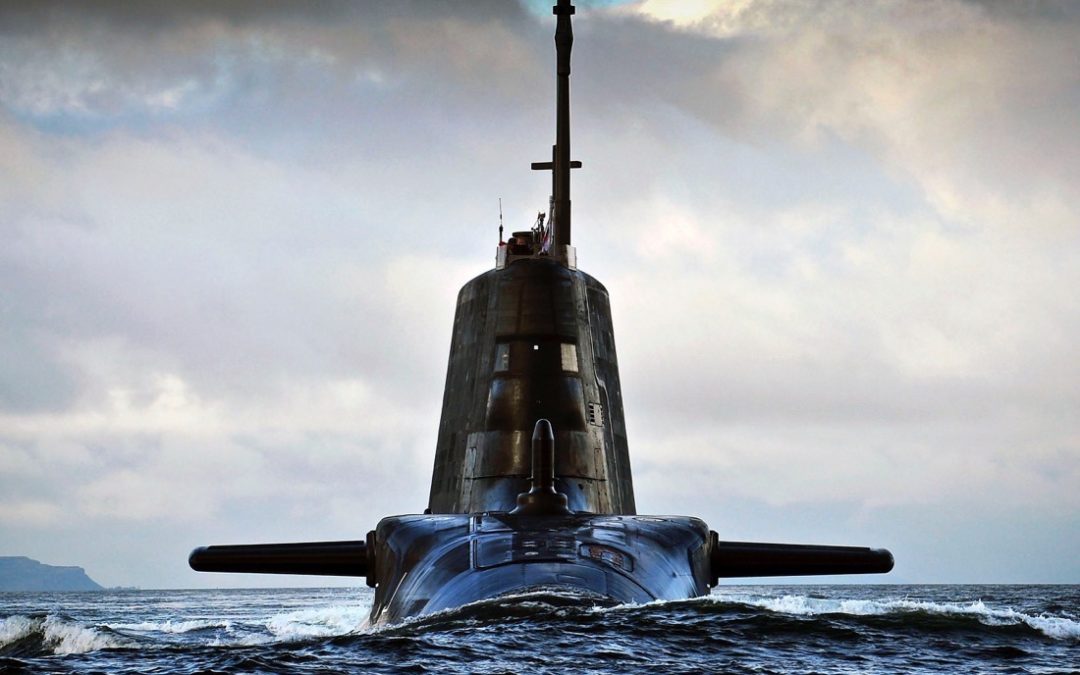

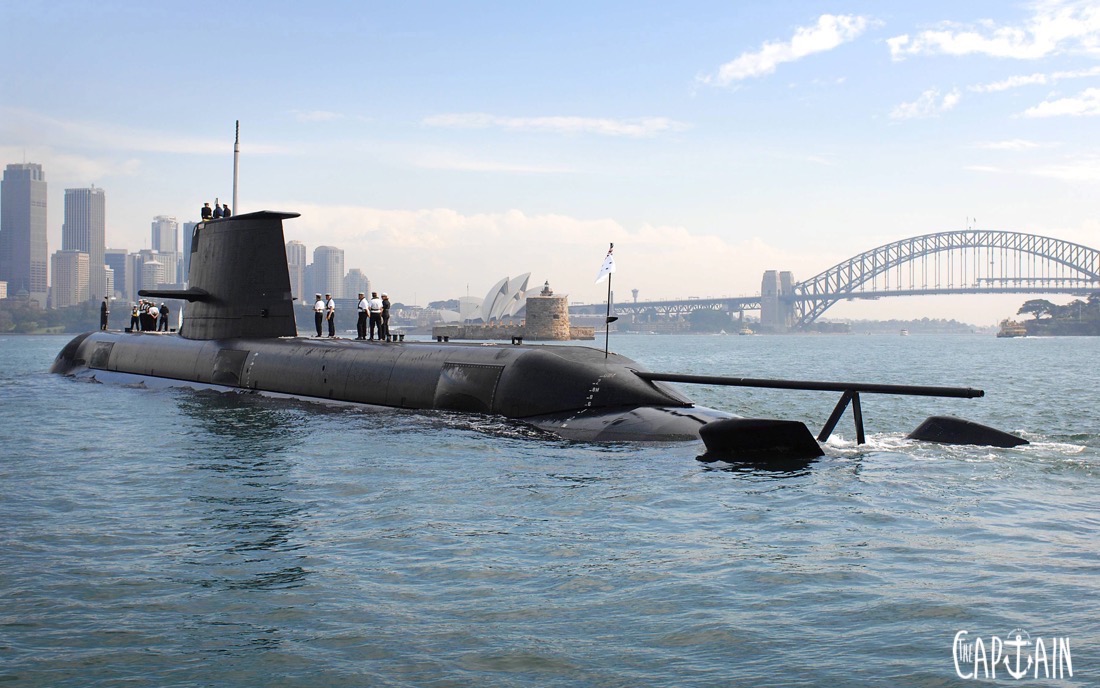
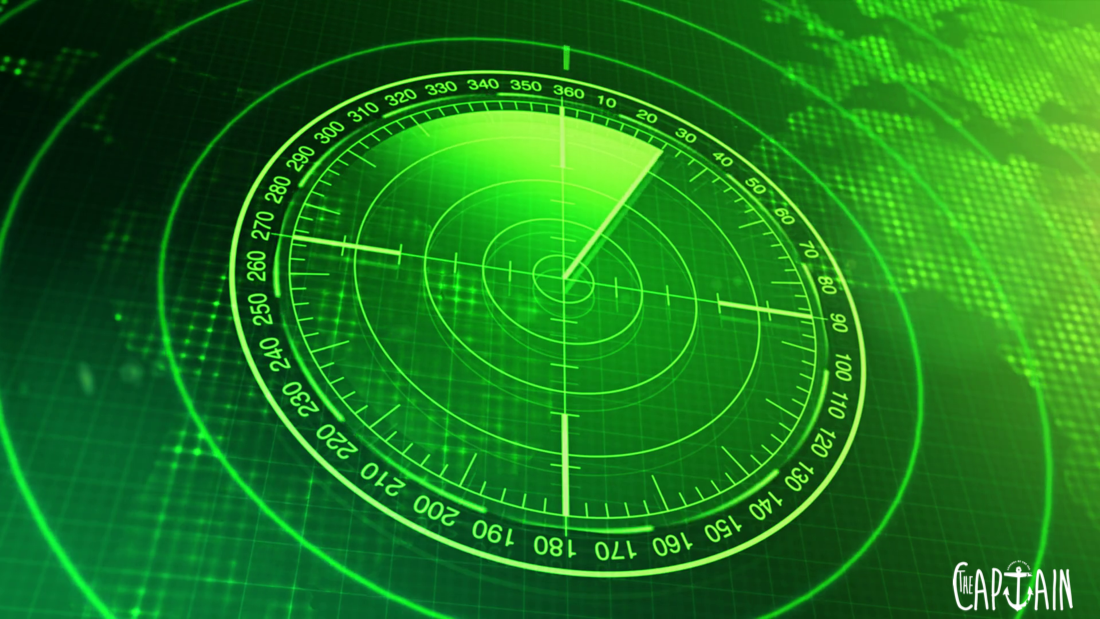
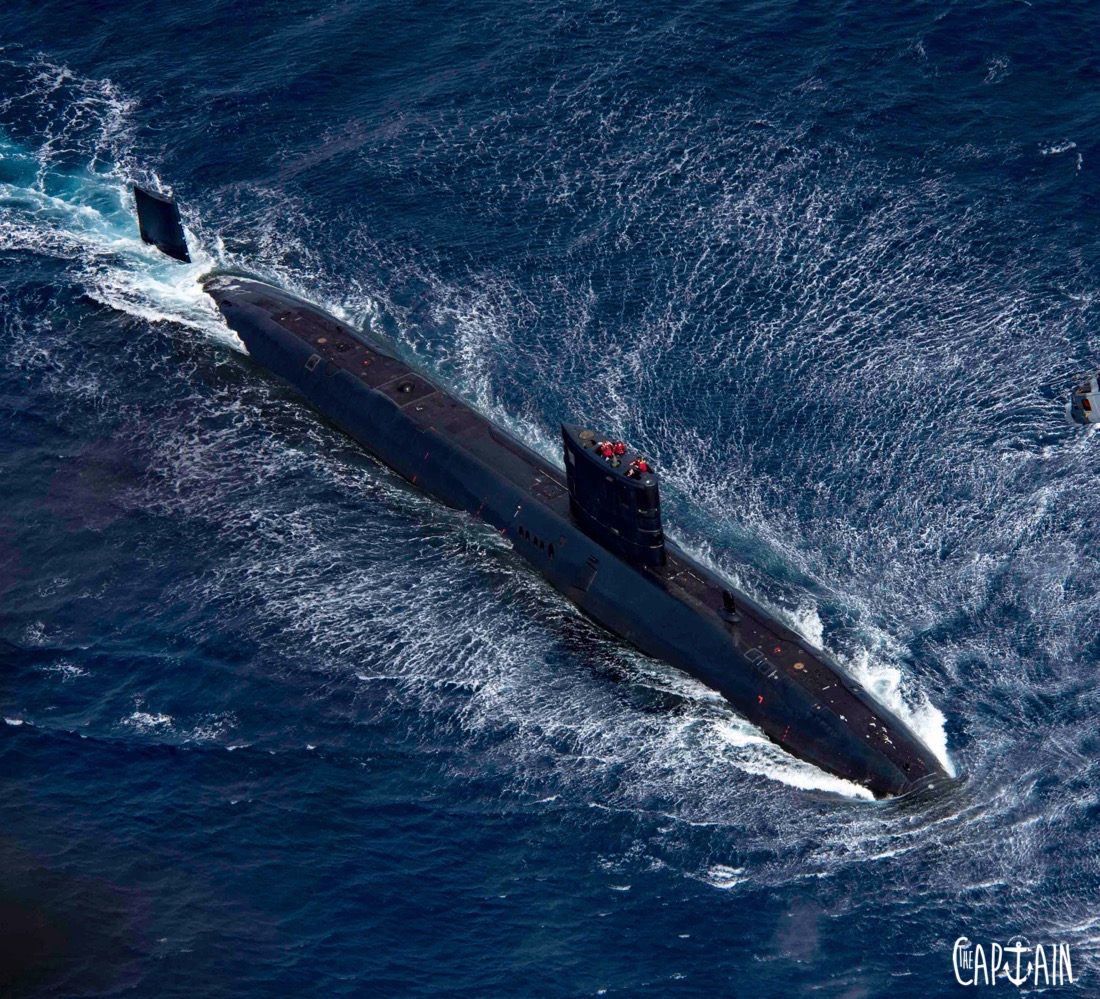
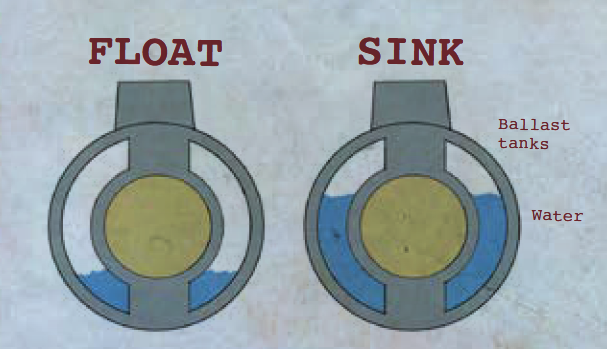
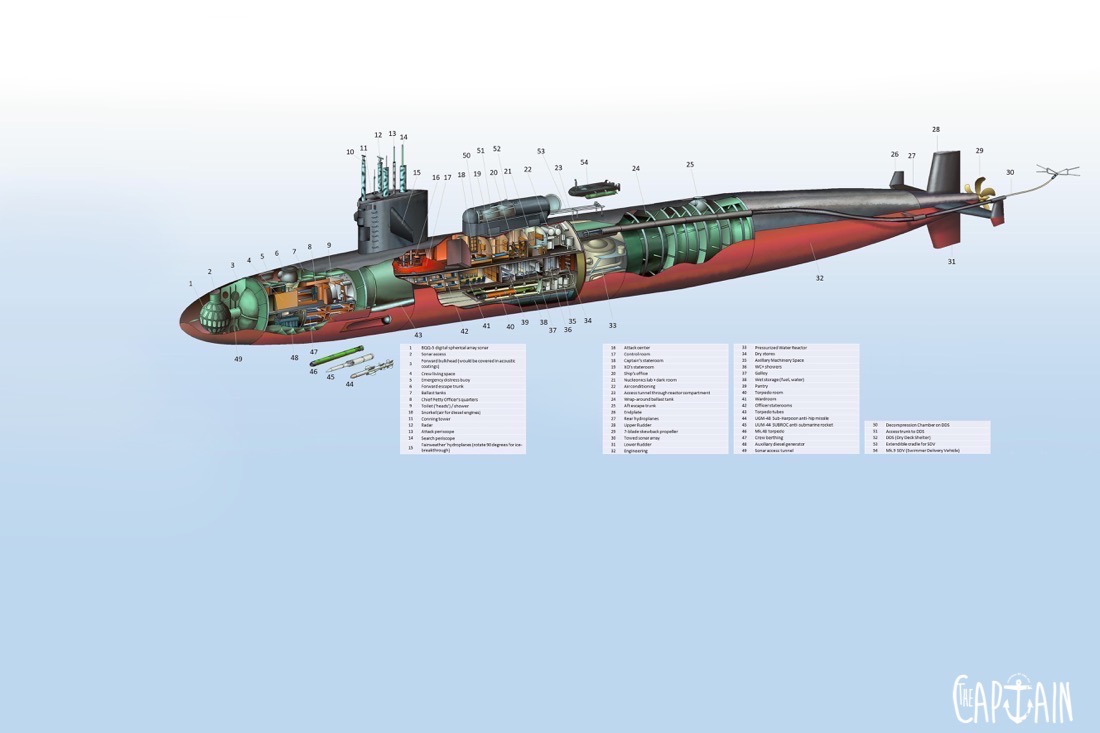
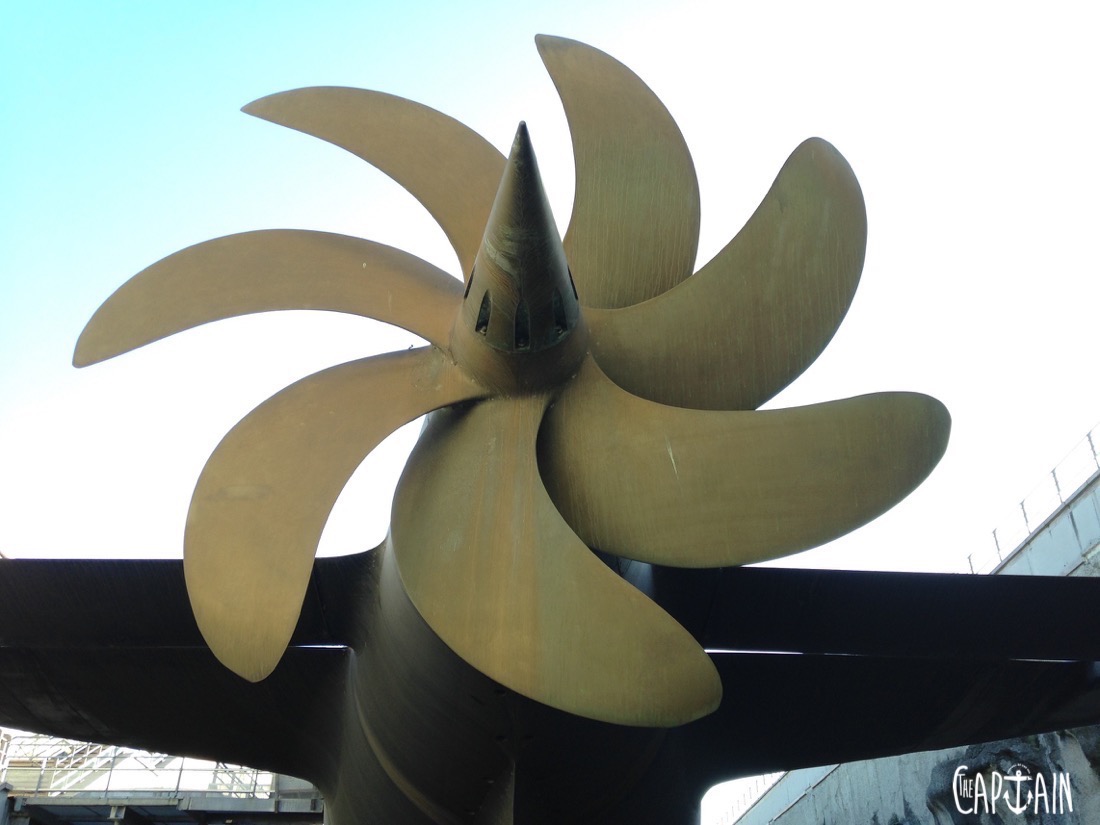

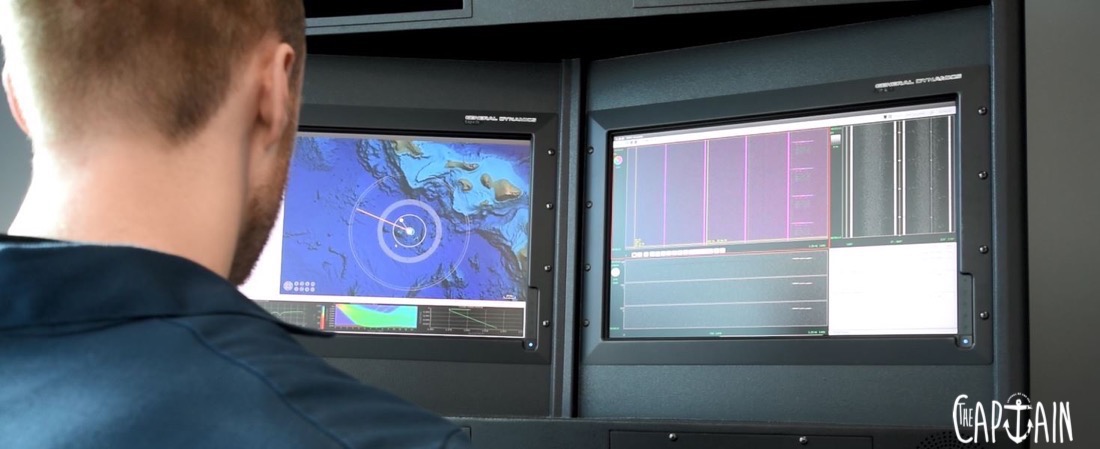
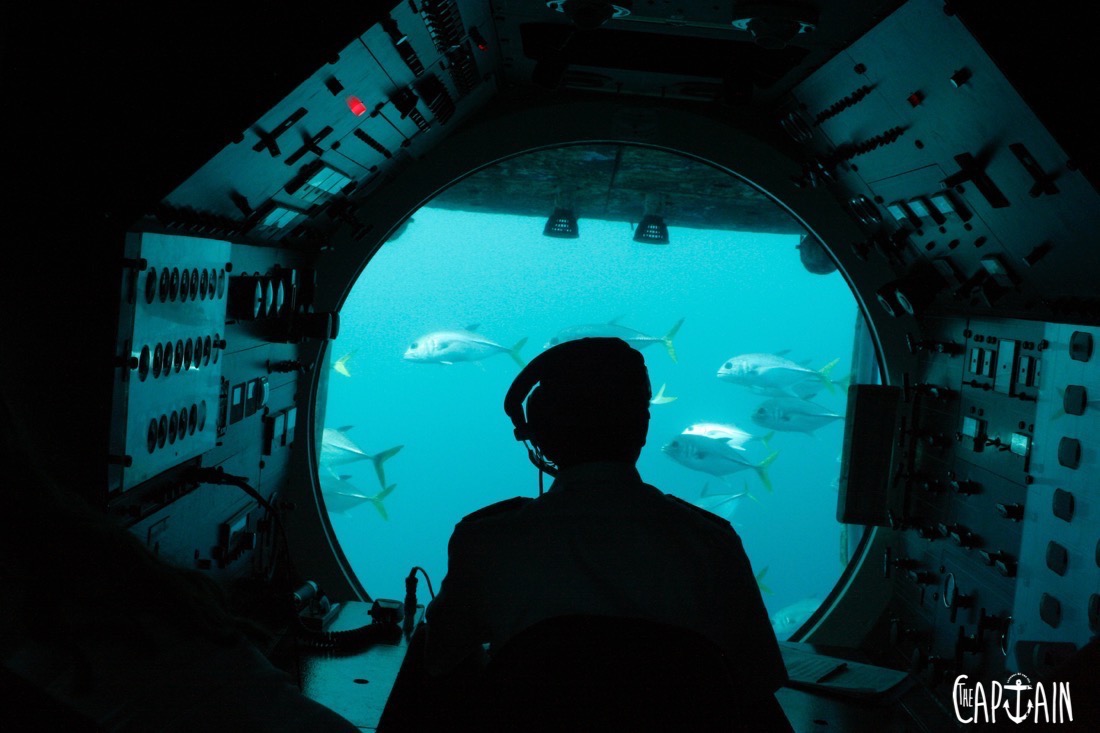
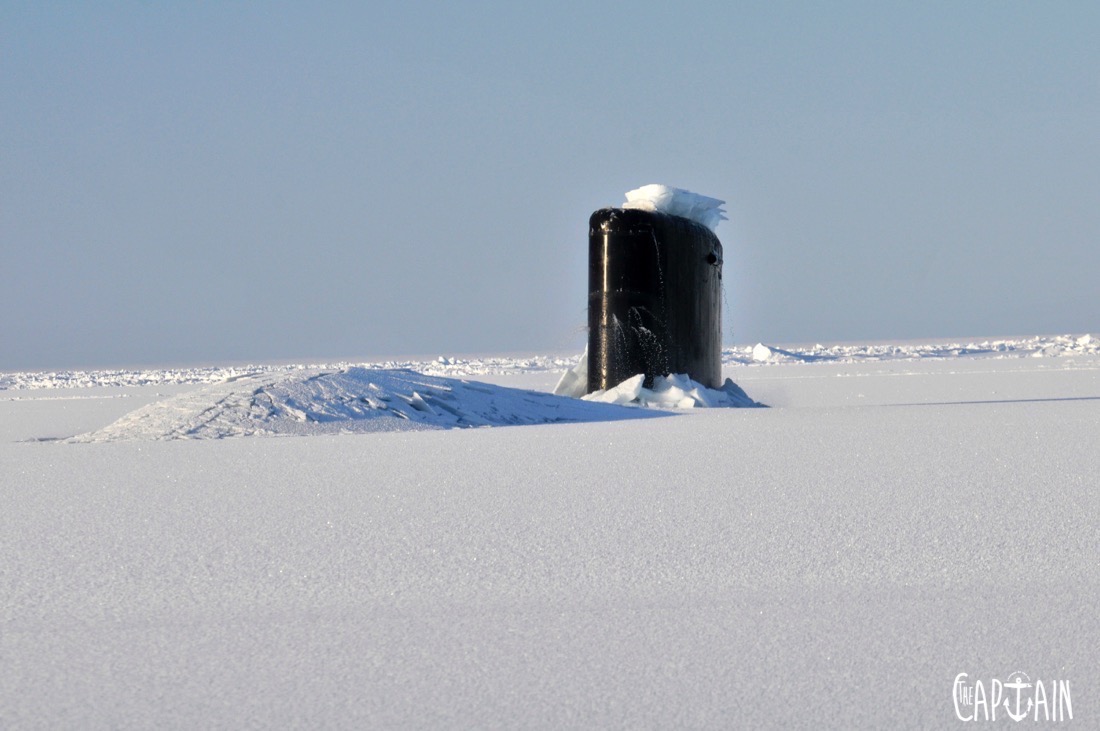
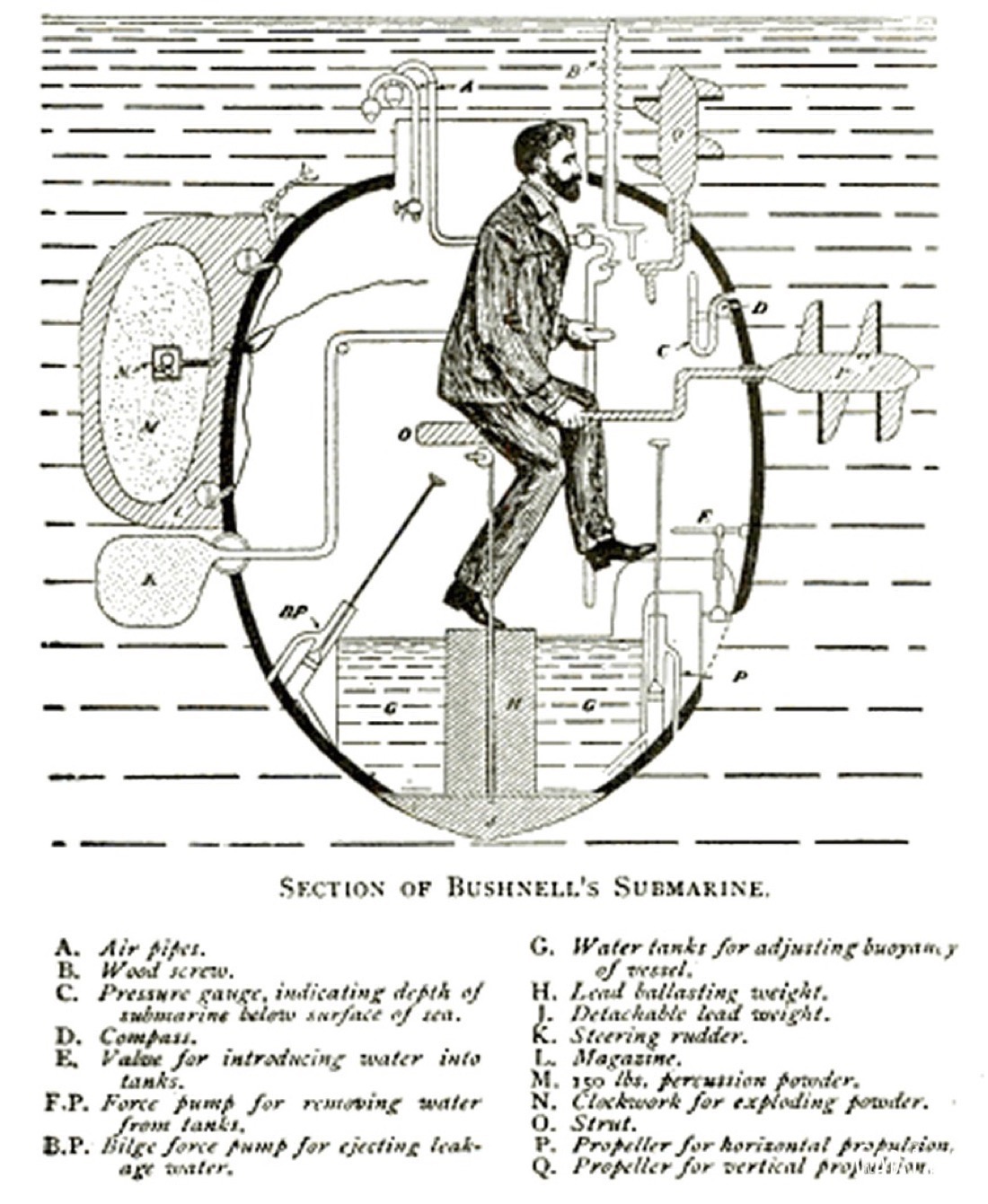
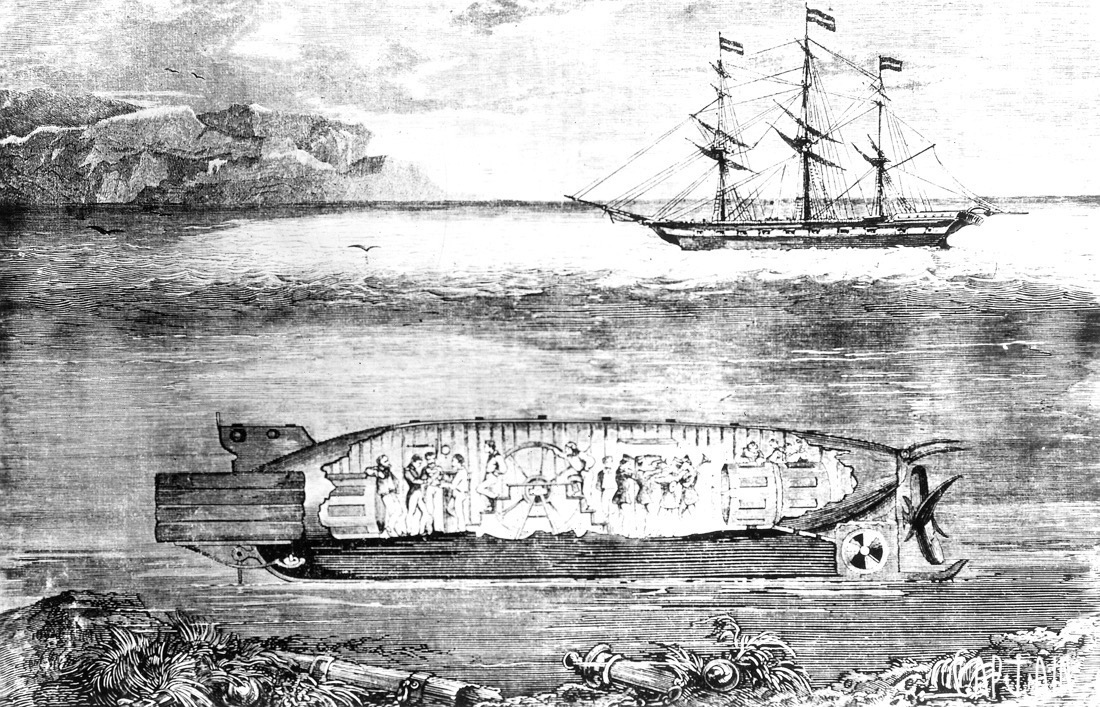
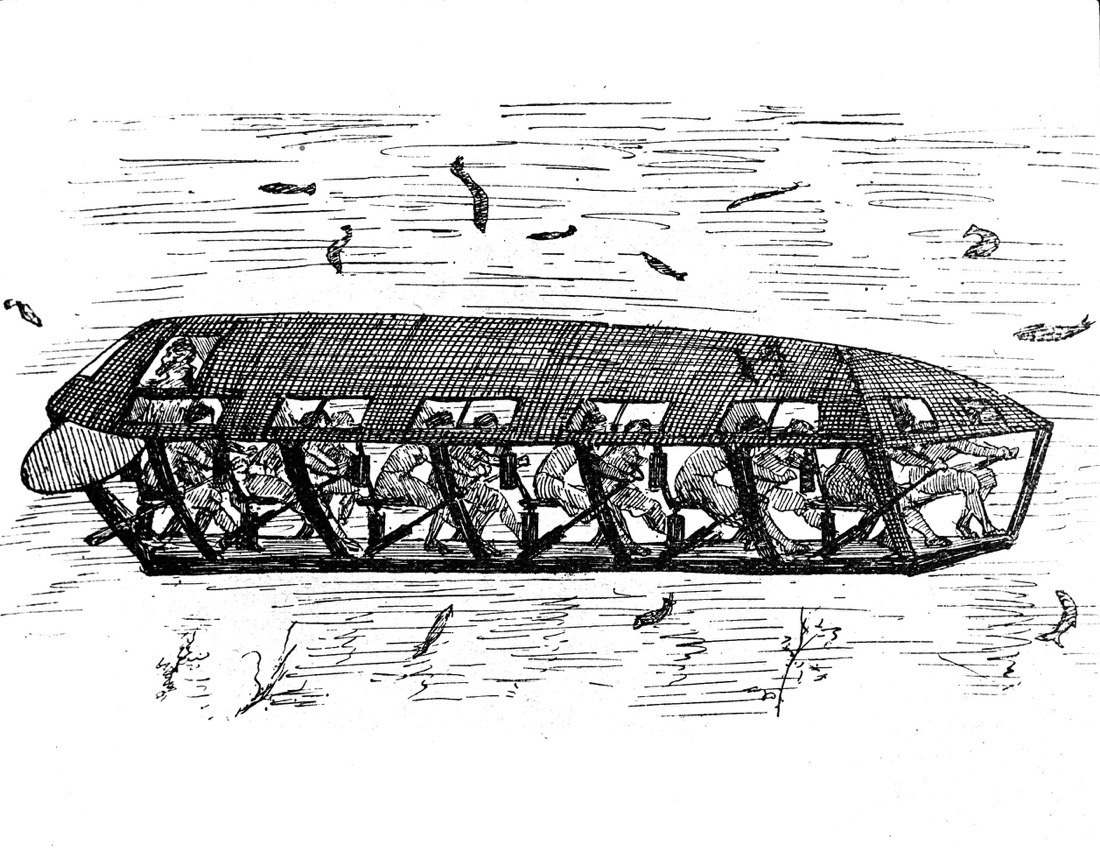
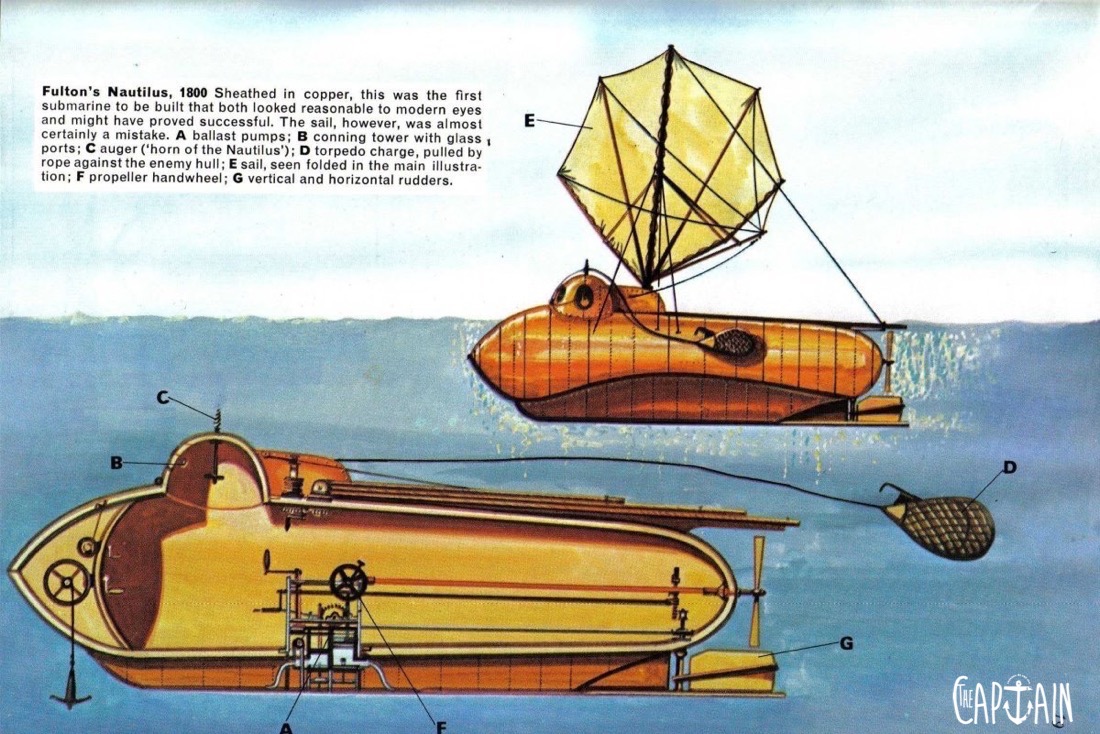
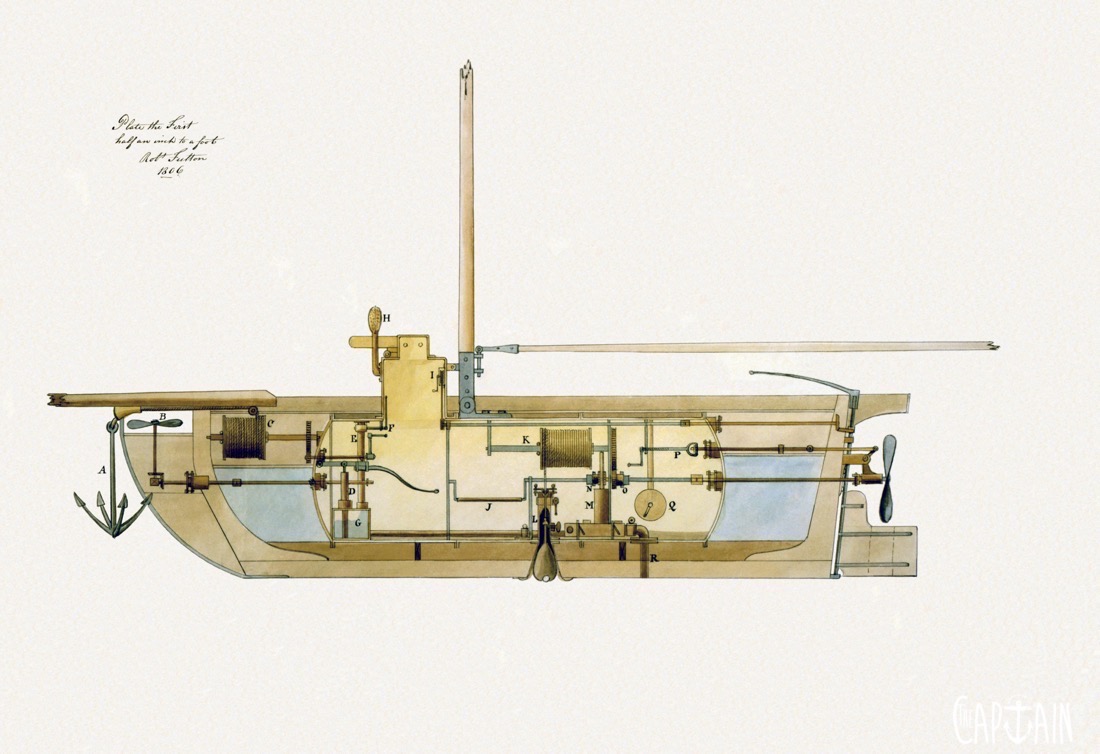
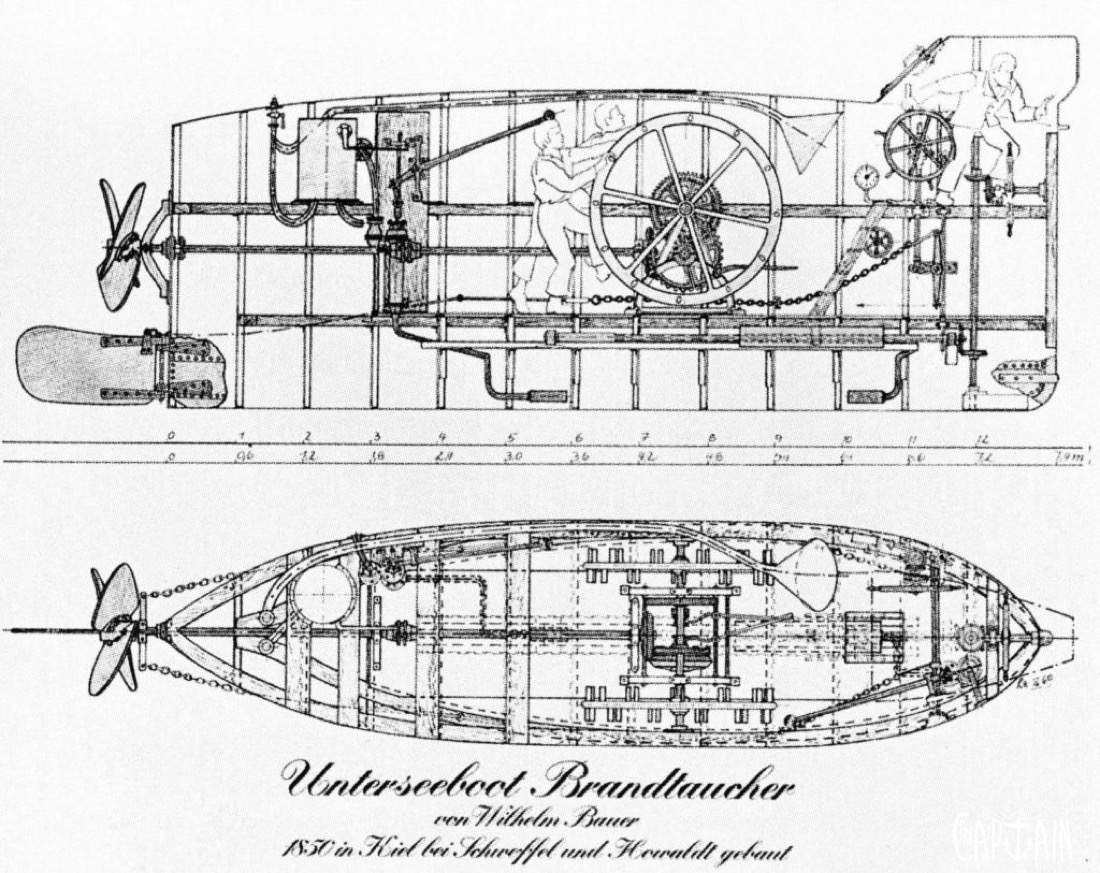
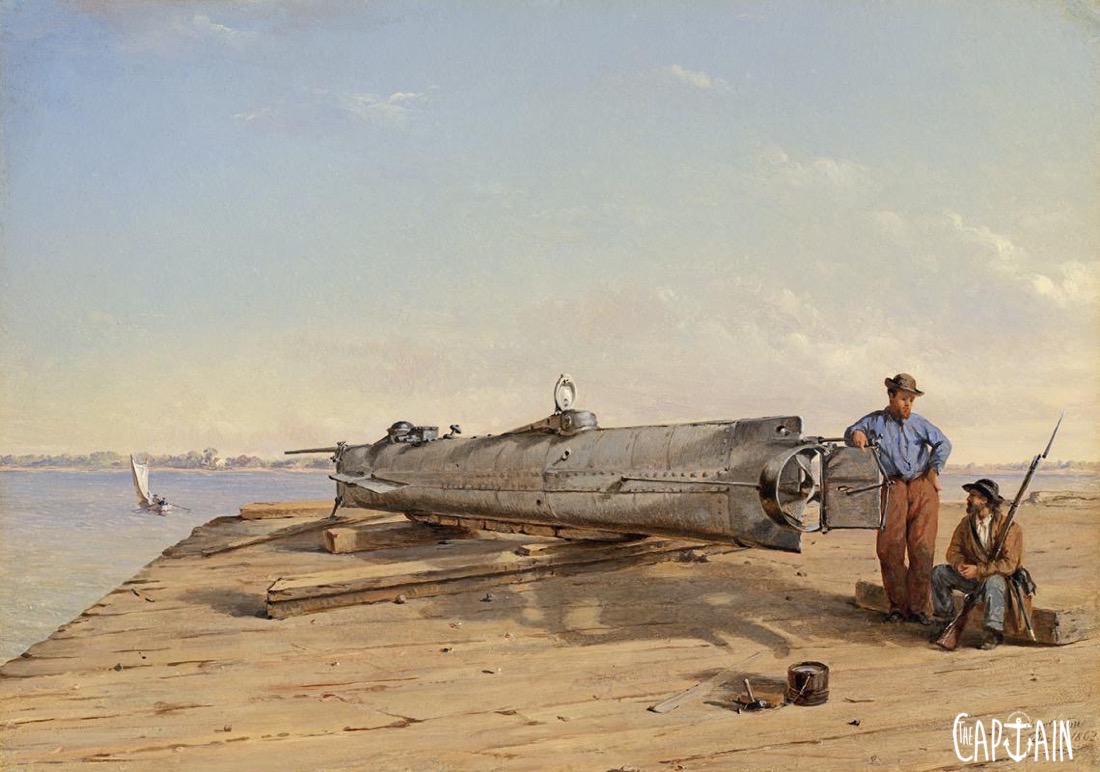
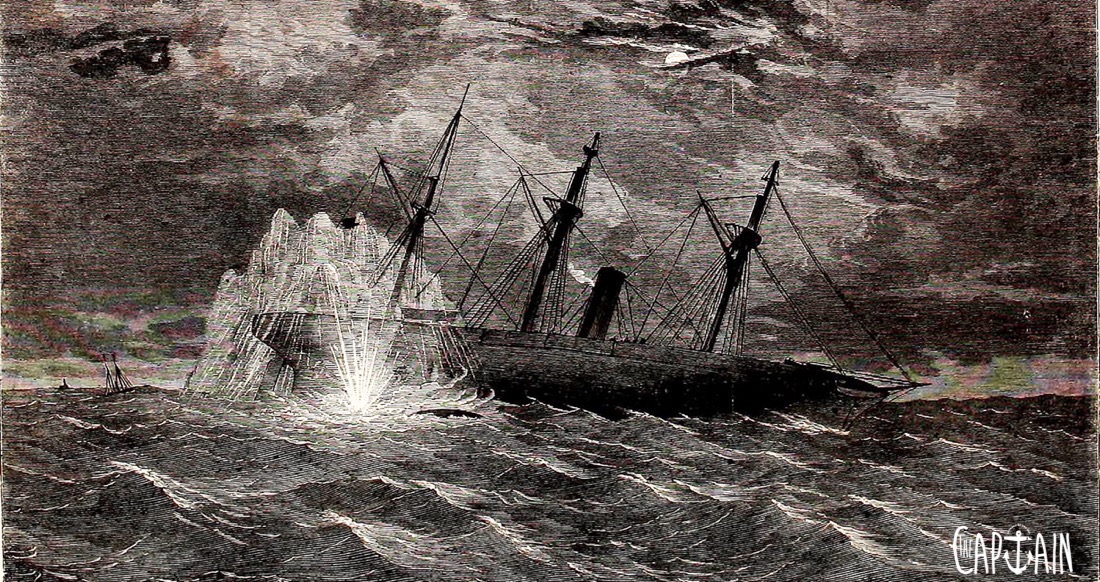
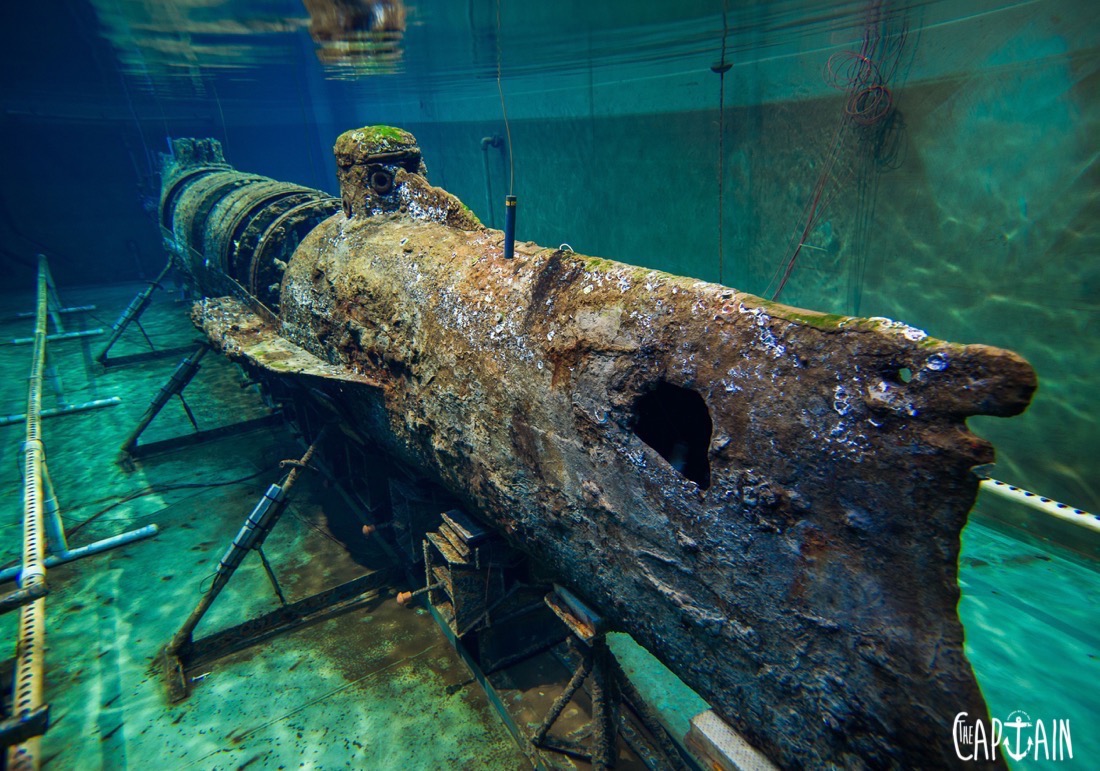
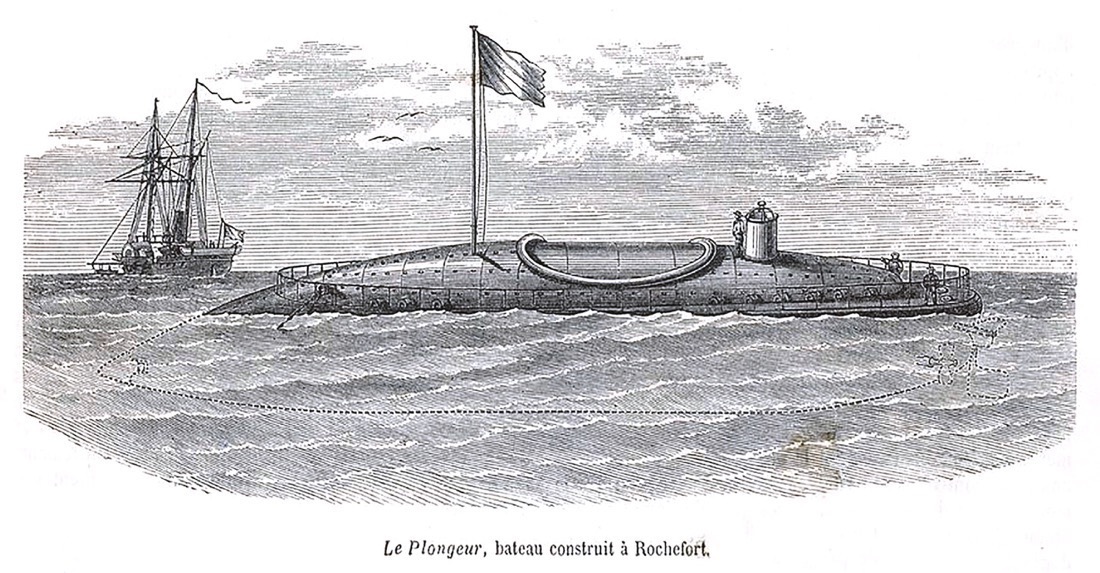
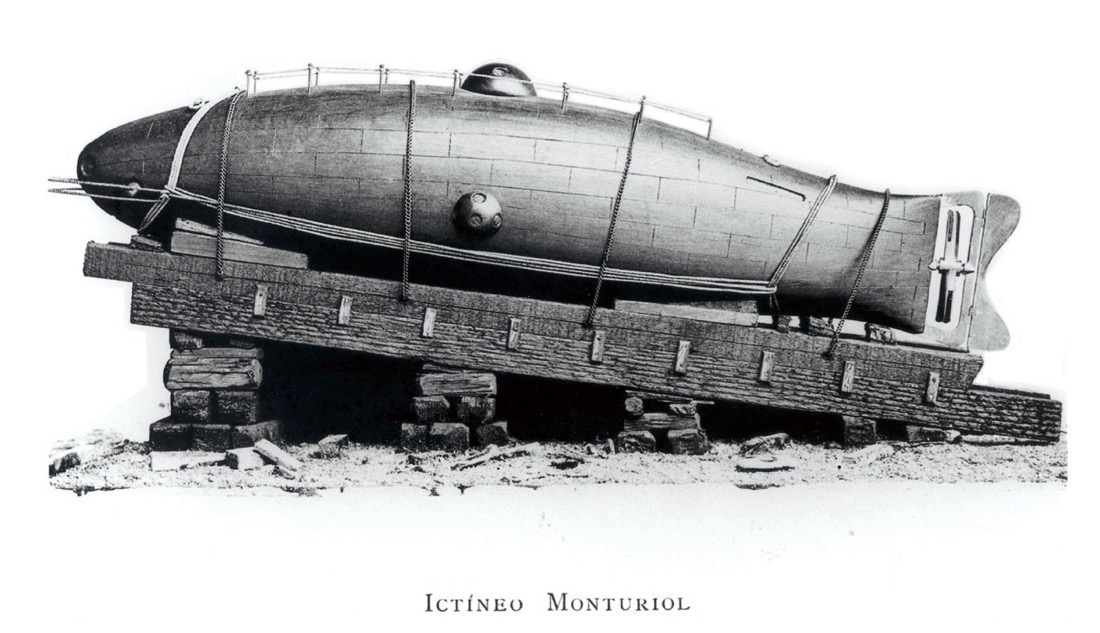
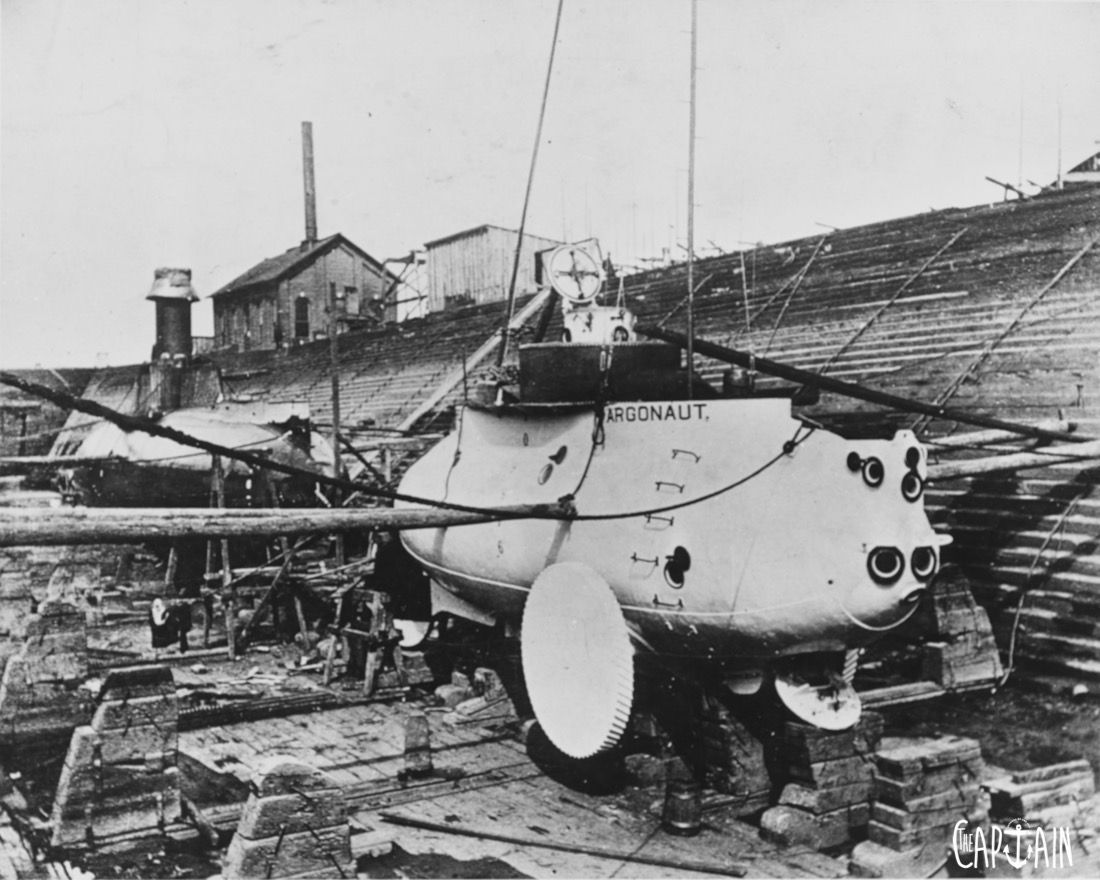
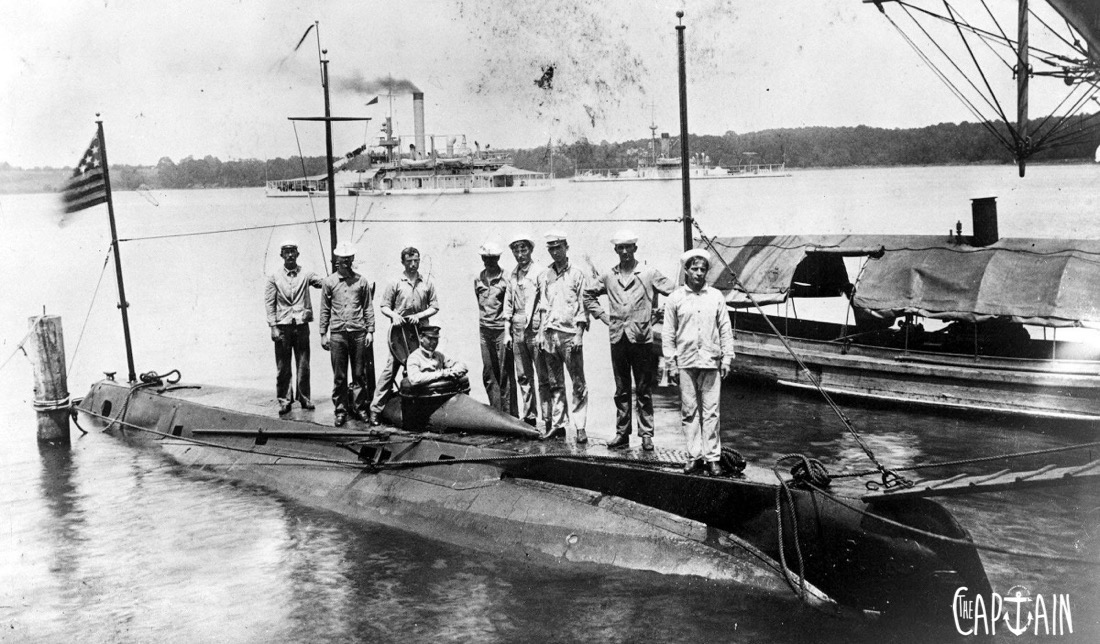
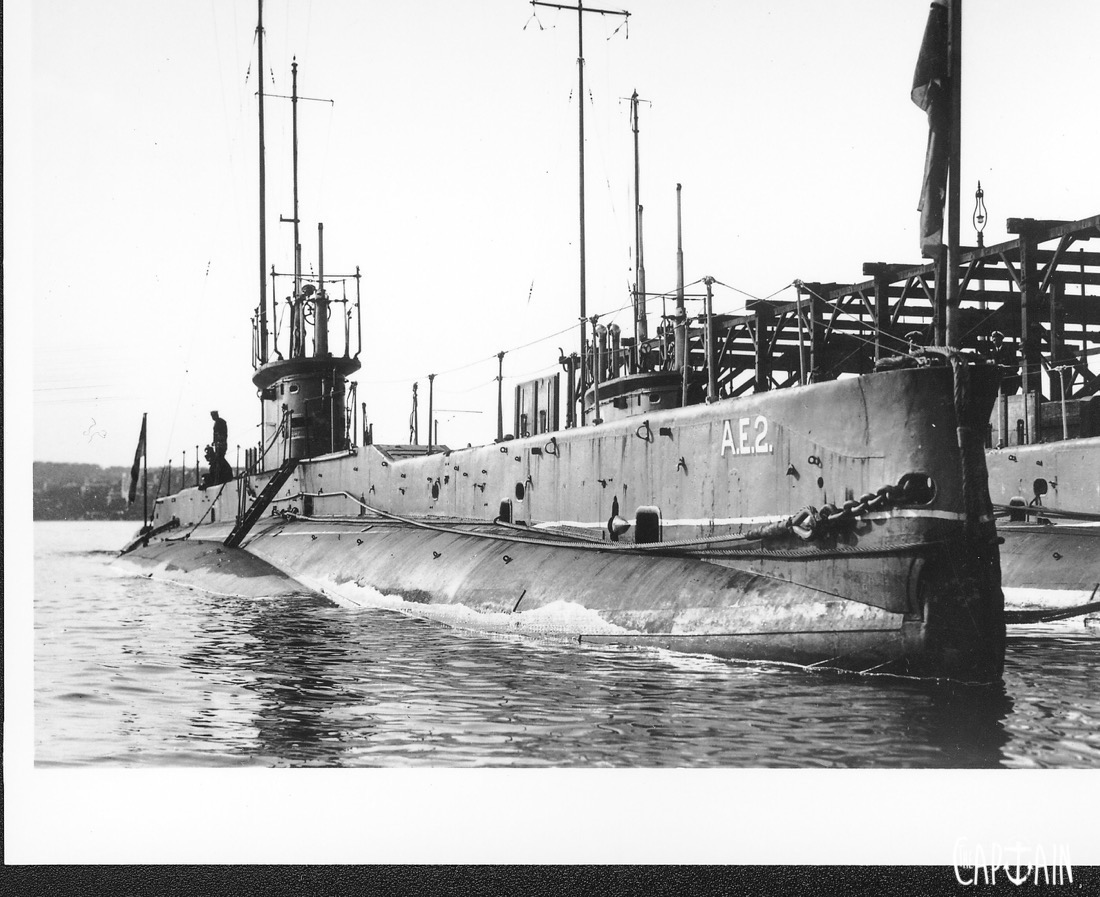
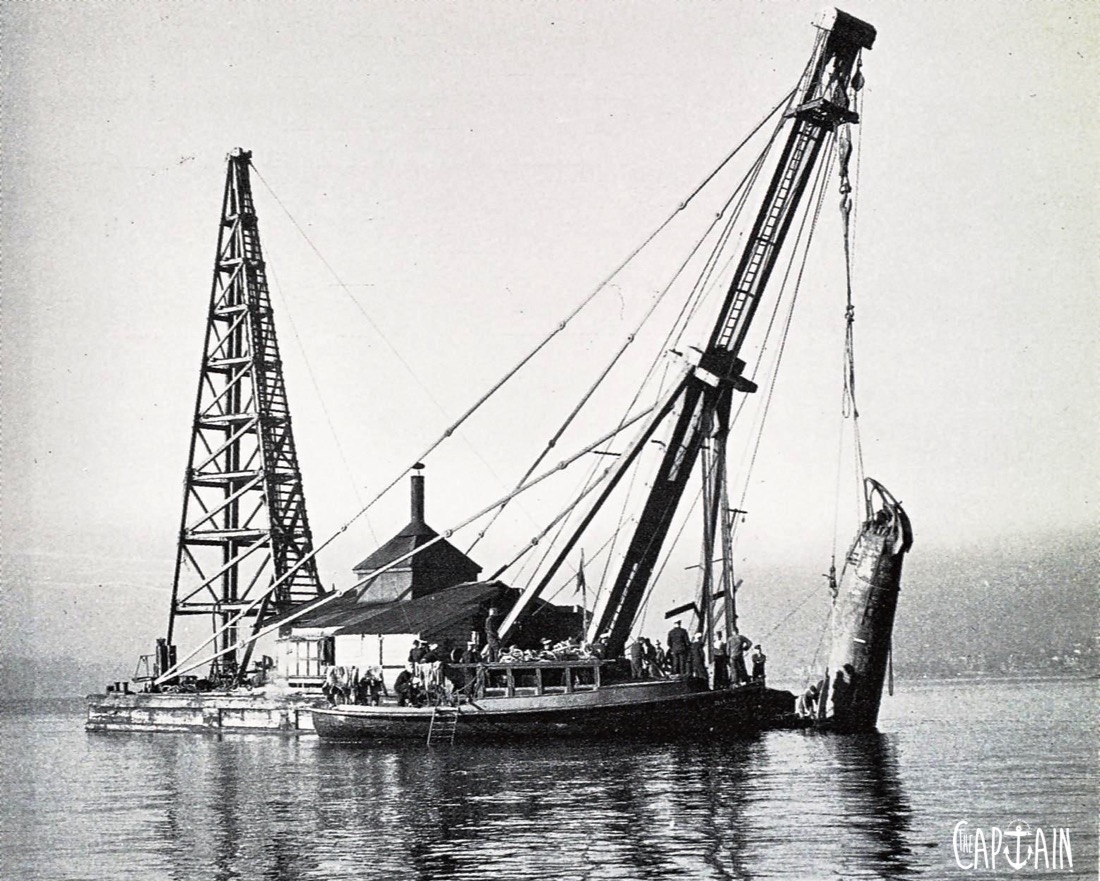
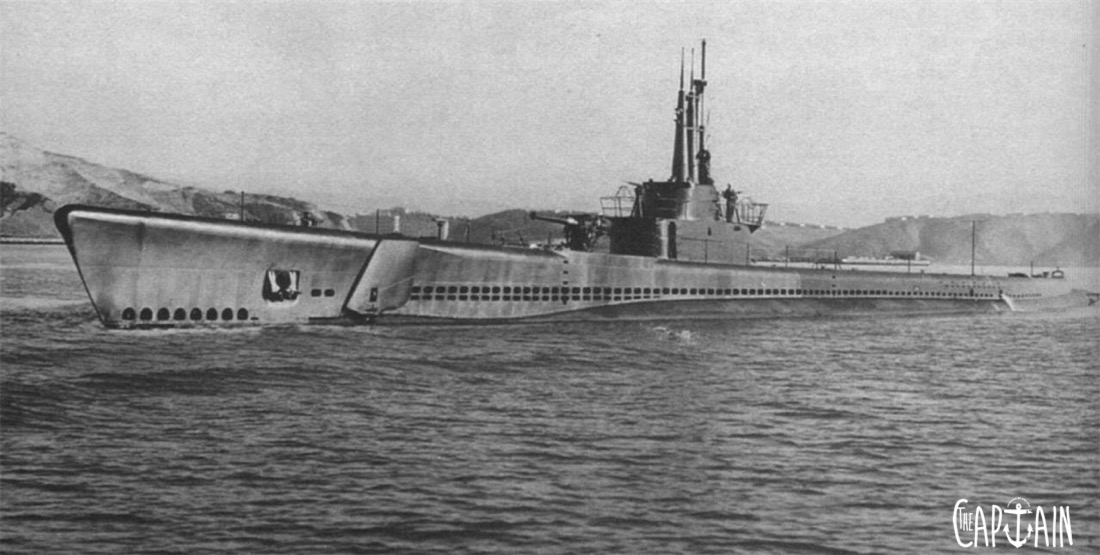
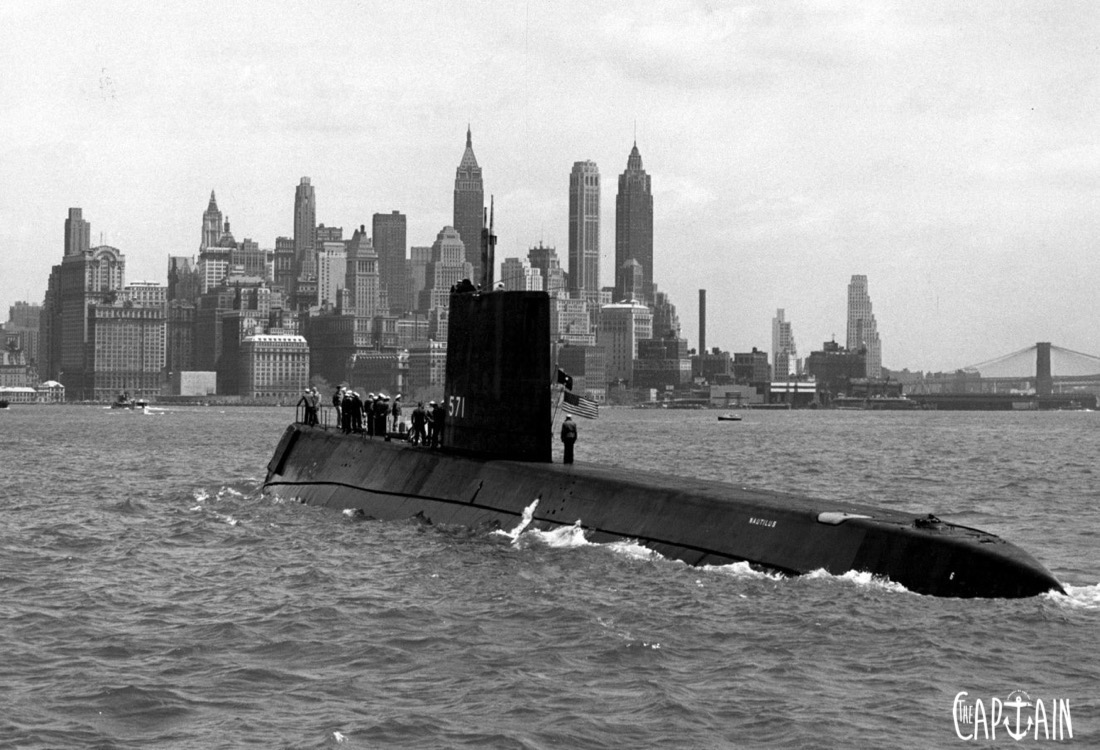
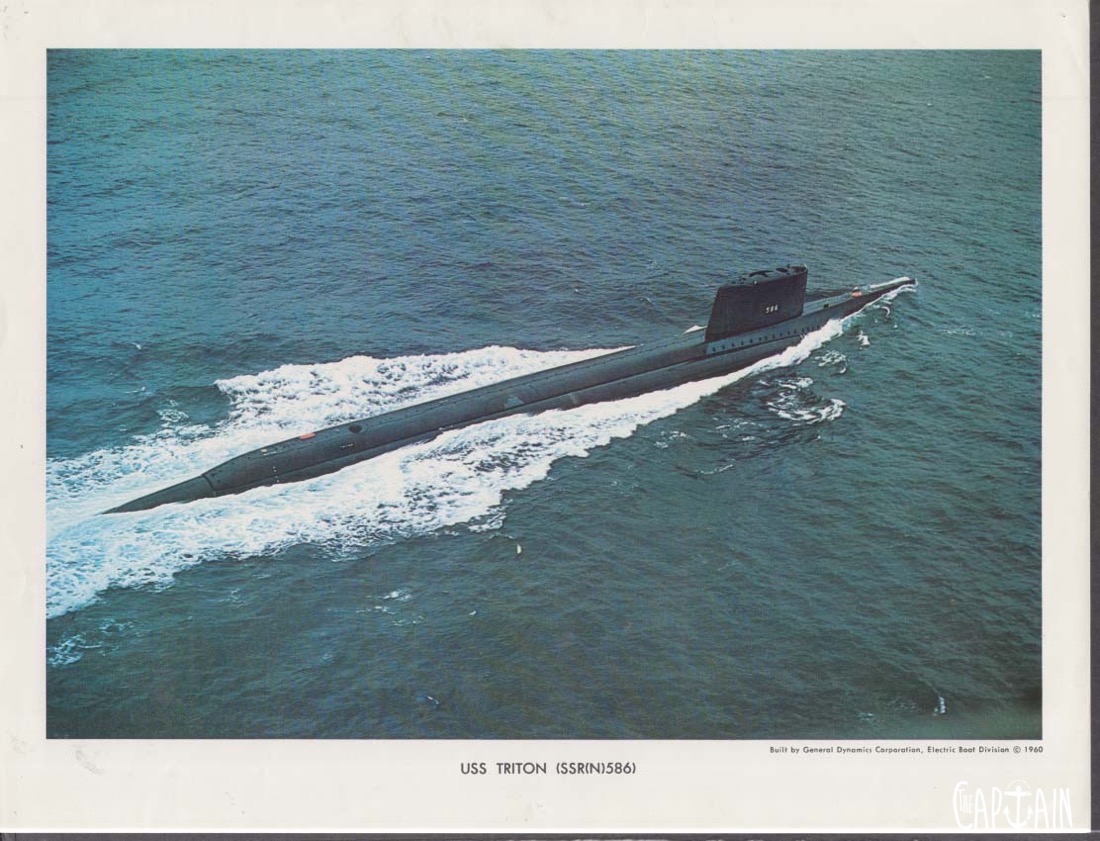


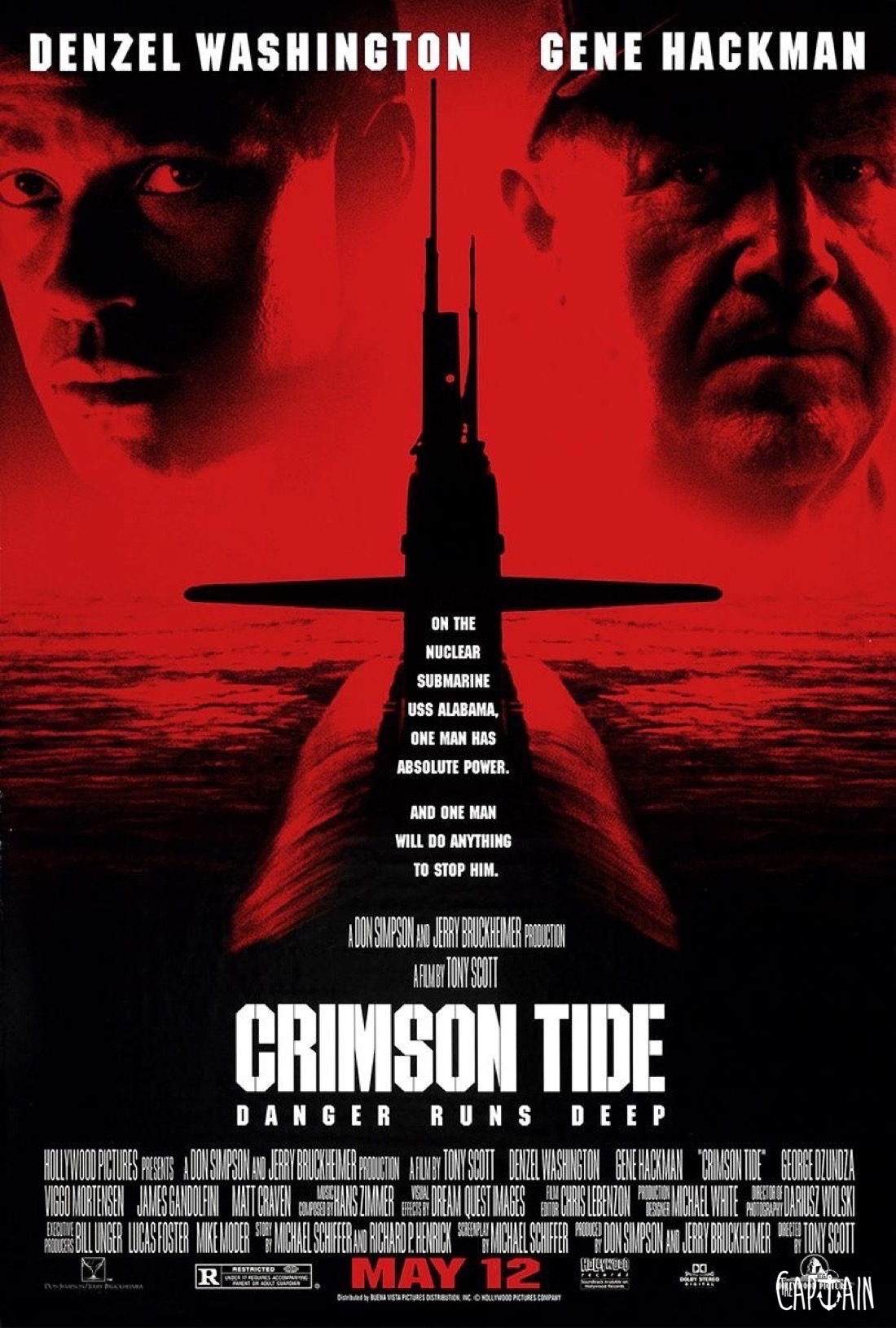
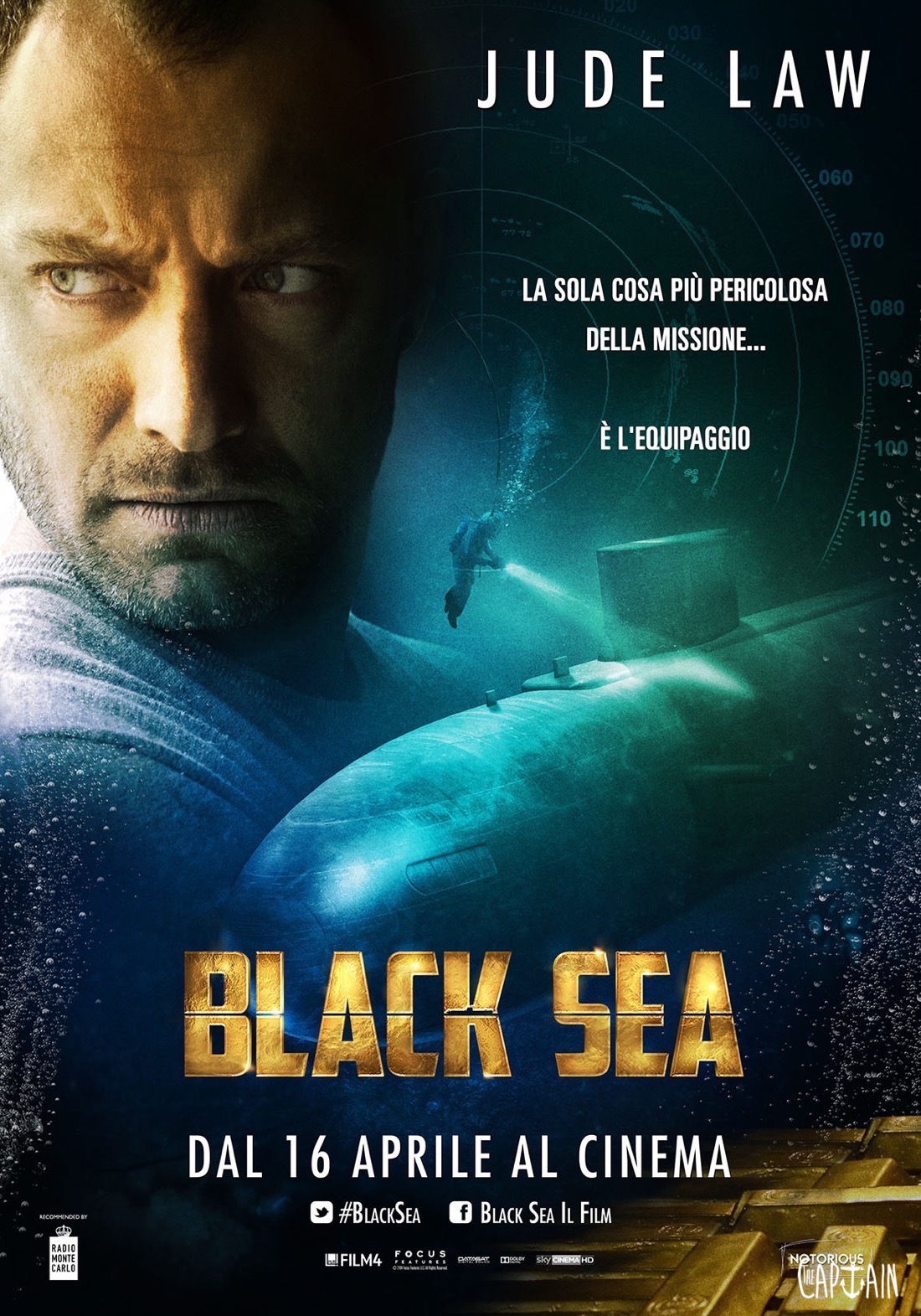
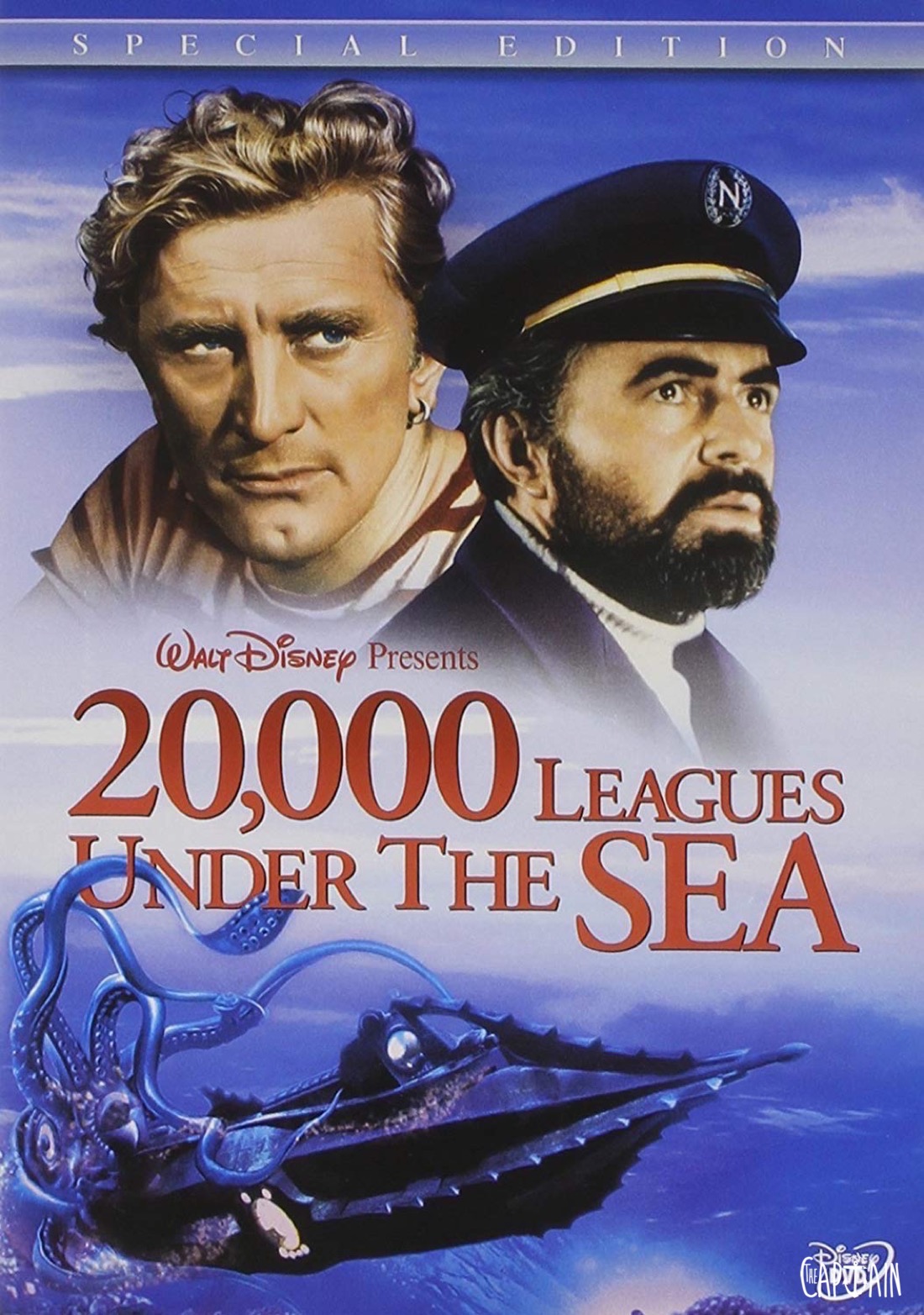
Recent Comments